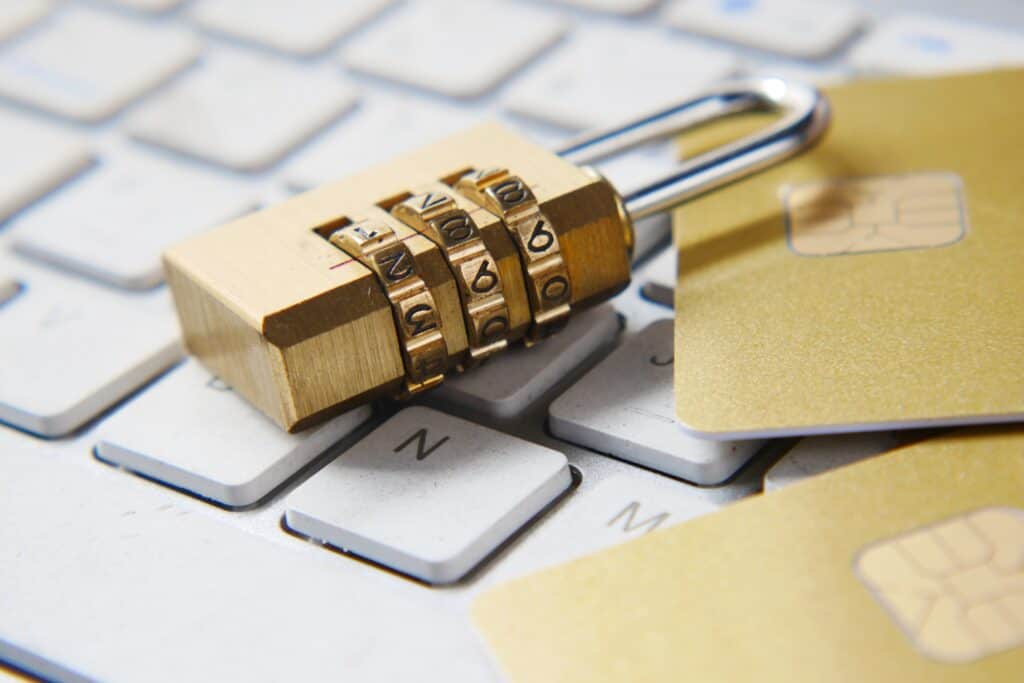When it comes to running a safe and secure business, cybersecurity needs to be more than just a concern for the staff that works in the IT department. Instead, a cybersecurity culture that spans the entire business needs to be built.
But how do you, as a business owner, go about creating it? Read on to learn ways you can build a cybersecurity culture in your business that will keep everyone in the loop while also fostering a better business culture altogether.
Setting the Tone from the Top with Leadership Commitment
Effective cybersecurity culture begins with strong leadership commitment. Executives and managers must lead by example, actively participating in security initiatives, allocating resources for cybersecurity measures, and integrating security into your business’s strategic goals. When employees see that leadership takes cybersecurity seriously, they are more likely to prioritize it as well.
Moreover, leaders should communicate the importance of cybersecurity in protecting not just the company’s data but also its reputation and customer trust. Regularly engage with employees through town hall meetings, newsletters, and training sessions to reinforce the message that cybersecurity is everyone’s responsibility.
Highlight success stories where leadership’s commitment to cybersecurity led to positive outcomes, such as preventing data breaches or mitigating cyber threats effectively. Encourage open dialogue between leadership and employees, welcoming suggestions and feedback on how to improve cybersecurity practices further.
Empowering Your Team with Knowledge Through Employee Training
Cybersecurity awareness training should be an ongoing process, tailored to the specific needs of different roles within your business. Provide comprehensive training on topics such as identifying phishing attempts, creating and managing strong passwords, recognizing social engineering tactics, and handling sensitive data securely. Make training sessions interactive and engaging to enhance retention and understanding.
Consider incorporating simulations and real-world scenarios to test your employees’ responses to cyber threats. These simulations not only reinforce training but also prepare employees to act confidently in the event of a security incident.
Furthermore, implement specialized training for IT and security teams to keep them updated on the latest cyber threats and defense strategies. Encourage employees to pursue certifications in cybersecurity to deepen their knowledge and skills, fostering a culture of continuous learning and professional development.
Keeping Security at the Forefront with Awareness Campaigns
Use a variety of communication channels, including emails, posters, intranet announcements, and newsletters, to educate employees about the latest threats and security trends. Share real-life examples of cyber incidents and their impact to illustrate the importance of vigilance.
Encourage employees to report suspicious activities promptly and provide clear guidelines on how to escalate security concerns. Consider gamifying security awareness initiatives to make learning fun and engaging while promoting a culture of security consciousness.
Additionally, leverage external resources such as webinars, industry reports, and guest speakers to provide diverse perspectives and insights on cybersecurity topics. Collaborate with industry associations and cybersecurity experts to host workshops and training sessions tailored to your business’s needs.
Build a Foundation for Security with a Secure Technology Infrastructure
A strong cybersecurity culture must be supported by a secure technology infrastructure. Ensure that all software and systems are regularly updated with the latest patches and security updates. Implement strong access controls, multifactor authentication, and encryption protocols to protect sensitive data both in transit and at rest.
Consider deploying advanced security tools such as intrusion detection systems (IDS), endpoint protection platforms (EPP), and security information and event management (SIEM) solutions to detect and respond to threats proactively. Conduct regular vulnerability assessments and penetration testing to identify and address potential weaknesses in your network and applications.
Investing in cybersecurity technologies not only enhances your defense mechanisms but also demonstrates your commitment to safeguarding data and maintaining customer trust. Communicate the importance of these technologies to employees, emphasizing how they contribute to a resilient cybersecurity posture.
Encouraging Responsible Behavior Through Accountability and Recognition
Accountability is key to maintaining a strong cybersecurity culture. Establish clear policies and procedures for reporting security incidents, and ensure that all employees understand their roles and responsibilities in maintaining security. Hold individuals accountable for security lapses through transparent incident response processes, while also recognizing and rewarding positive security behaviors.
Encourage a culture of continuous learning and improvement by providing feedback and training opportunities based on security incidents and near misses. Recognize and celebrate achievements in cybersecurity awareness and adherence to security policies to reinforce positive behaviors across the business.
By fostering a sense of accountability and recognizing the efforts of employees who prioritize security, you create a culture where everyone is invested in protecting your business’s digital assets.
Collaboration and Communication for Strong Security
Cybersecurity is a team effort that requires collaboration across departments and teams. Foster open communication channels where employees can share security concerns, best practices, and lessons learned from security incidents. Encourage cross-functional collaboration to develop and implement security policies and procedures that reflect the needs of different business units.
Promote a culture of knowledge sharing and mentorship, where more experienced employees can mentor others on cybersecurity best practices. Establish regular security meetings or forums where employees can discuss emerging threats, industry trends, and proactive security measures.
Encourage feedback from employees on cybersecurity processes and policies, soliciting their input on areas that need improvement or additional resources. Collaborate with external stakeholders such as vendors, industry peers, and cybersecurity experts to stay updated on the latest threats and solutions, leveraging collective knowledge for enhanced security measures.
Adapting to Evolving Threats with Continuous Evaluation and Improvement
Cyber threats are constantly evolving, making it necessary for all businesses to continuously evaluate and improve their cybersecurity practices. Conduct regular security assessments, including risk assessments, vulnerability scans, and penetration testing, to identify and prioritize security risks to your business. Use the insights gained from these assessments to refine your security strategy and address gaps in your defenses.
Stay informed about emerging threats and industry best practices through participation in cybersecurity forums, industry conferences, and information-sharing partnerships. Update your cybersecurity policies and procedures regularly to align with regulatory requirements and emerging threats.
Encourage employees to provide feedback on security measures and initiatives, incorporating their insights into ongoing improvement efforts. Foster a culture of adaptability and agility, where employees are empowered to respond effectively to new cyber threats and challenges.
By embracing continuous evaluation and improvement, your business can stay ahead of evolving cyber threats, ensuring a resilient cybersecurity posture that protects valuable assets and maintains customer trust.
At CMIT Solutions North Oakland & Walnut Creek, we take your business’s cybersecurity very seriously. Contact us to learn more about our services, and keep your business—and its data—safe.





